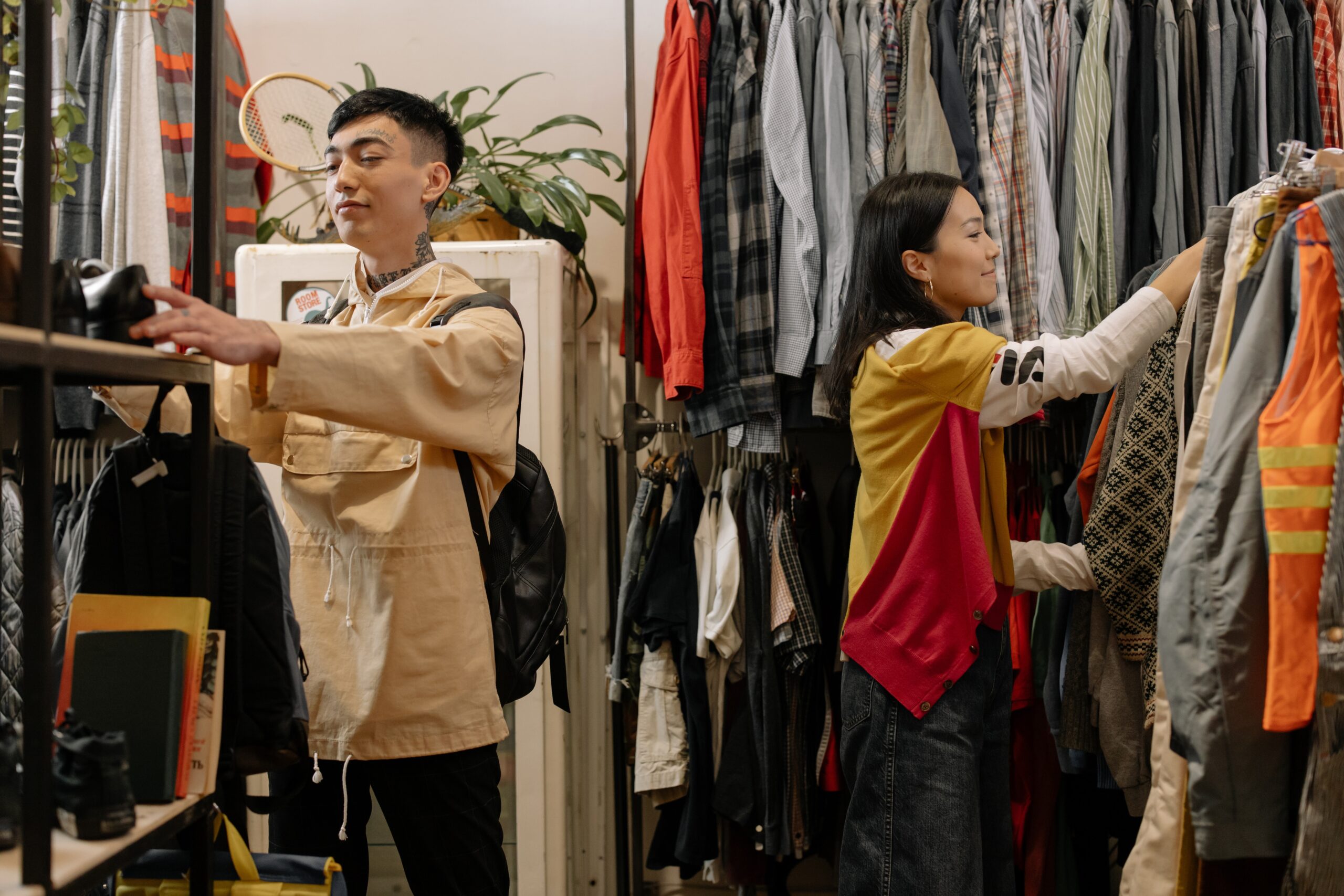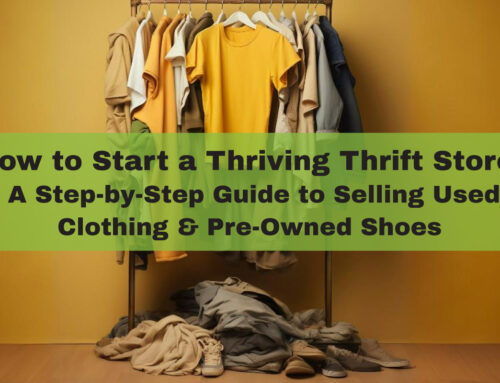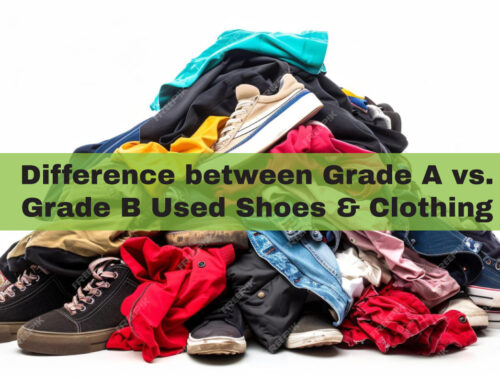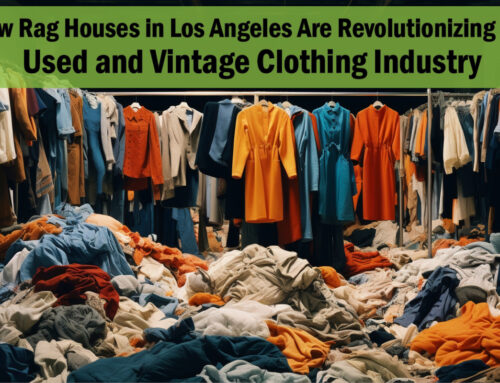For many, owning a luxury item is like an aim in life. However, the latest trend is that people are not going to high-end department stores to get a Hermes Birkin bag or a Chanel shirt. Instead, they are going to thrift stores to get their favorite luxury items, but at a fraction of the price.
Used fashion is one of the hottest trends in the retail industry, putting traditional stores under a lot of pressure. An increasing number of consumers prefer buying secondhand clothes. The biggest attraction behind this trend is getting high-end luxury clothes at a lower price. The other driver is the growing awareness of reusing clothing to save natural resources. The fashion industry is one of the biggest polluters in the world, and using used clothing can reduce the negative impact to quite an extent.
The retail industry is feeling the heat
The online shopping trend hit the retail industry hard. However, the growing interest in used clothing had had the retail industry feeling the heat. Consumers are still interested in luxury items, but they want variety and cheaper prices.
The iconic Louis Vuitton Speedy 30 handbag retails for around $1,020. However, you can get the same bag in secondhand stores for roughly half the price. USA made clothes like the Levi Strauss jeans are popular because of the style and comfort they offer. The USA market is quite demanding, and they require high-quality clothes that are long-lasting.
The secondhand industry continues to create new competition for the retail industry, already reeling under the threat of online retail giants. Also, the secondhand clothing industry is expected to grow twice the size of the fast fashion industry by 2030. This is yet another threat facing the retail industry.
Used clothing industry growth trends
People are spending a lot more on used clothing, a trend that is turning traditional retailers green with envy. The secondhand clothing market was valued at $24 billion in 2018. Considering the previous three years, that is a 71% growth. The growth recorded by the secondhand clothes industry was also 21 times higher than that recorded by the retail industry.
The secondhand clothes market was worth $36 billion in 2021. It is expected to reach $77 billion by 2025.
Being economical is one of the many lessons that the global pandemic taught the world. Many people turned to thrifting during the pandemic, a habit they wish to retain. Nearly 33 million people bought secondhand clothing for the very first time in 2020. 76% of those buyers plan on increasing their secondhand spending in the next 5 years.
Who’s driving the trend?
42% of all consumers and 53% of Gen Z and millennials plan on spending more on secondhand in the next 5 years.
Perceptions regarding secondhand clothing are fast-changing, and not just the taste. People are more comfortable buying used goods, including clothing, now than they did a few years ago. It can’t be denied that low-cost is definitely one of the primary drivers behind this shift.
Resale is the new path
One in two people throws their clothes straight into the trash. All of these end up in landfills, creating an environmental problem. Secondhand clothing is a sustainable choice that can mitigate this environmental issue.
The number of people using secondhand clothing has increased tremendously and continues to grow with each passing day. The global pandemic has changed people’s perception regarding shopping and consumption in several ways. That is why the secondhand industry is growing at a faster rate than the fast fashion industry. More customers are interested in wearing sustainable clothing than they did before the pandemic.
According to the Fashion of Resale report, the global secondhand clothes market is valued at $130 billion. Also, only 5% to 7% of secondhand clothing is actually on sale. The report estimates that $2.1 trillion worth of fashion items are lying in people’s closets.
Many young consumers have already adopted the habit of buying and selling used clothing. It is only a matter of time before the rest of the world catches up. When you buy secondhand clothing, you extend the life of the products by at least 9 months. This reduces carbon emissions by at least 30%. The consumption style of secondhand fashion focuses on sustainability and mitigating the negative impact of fashion on the environment.
The sustainability approaches
Sustainable activities such as choosing eco-friendly raw materials and recycling must increase. The Secondhand Effect report says that if everyone were to use secondhand clothes in 2020 instead of a new one, it could have saved 5.7 billion tons of carbon emissions. This is equivalent to taking half a million cars off the road.
The secondhand clothing industry has become a trendsetter in creating value over products through recycling or exchange. It is safe to say that secondhand is the future of fashion. Samiyatex is the best secondhand clothes exporters in USA specializing in exporting high grading quality second-hand clothes with fair delivery services at competitive prices.
Interested in checking out some secondhand clothing? Samiyatex, secondhand clothes exporters in USA, is one of the leading resellers of vintage wholesale clothing Los Angeles. Visit today to get your hands on some amazing pieces.






